The Demineralized Whey Powder Market size is projected to reach US$ 1,068.30 million by 2031 from US$ 745.02 million in 2024. The market is expected to register a CAGR of 5.3% during 2025–2031.
Demineralized Whey Powder Market Analysis
Demineralized whey powder has gained popularity due to its broad application scope and growing demand for organic demineralized whey powder. Demineralized whey powder is a versatile ingredient across various end-use sectors, including bakery and confectionery, dairy and frozen desserts, infant nutrition, and sports nutrition. In bakery and confectionery applications, it enhances dough elasticity and moisture retention and contributes to browning and texture in bread, cakes, and candies. In dairy and frozen desserts, demineralized whey powder improves texture, creaminess, and stability in products such as yogurt and ice cream, meeting consumer demands for nutritious and satisfying treats. For infant nutrition, it provides essential amino acids and proteins crucial for growth and development, ensuring optimal nutrition and digestibility in infant formulas.
Demineralized Whey Powder Market Overview
Demineralized whey powder removes a defined portion of minerals from pasteurized whey. Typical levels of demineralization are 20%, 35%, 70%, and 90%. The demand for demineralized whey powder in the food and beverages industry, particularly in infant nutrition and nutritional supplements, significantly contributes to the market's growth. Demineralized whey powder, which has reduced mineral content, is highly valuable for its high nutritional value, including essential amino acids and proteins. It is widely used in producing baby foods, dietary supplements, and sports nutrition products owing to its nutritional benefits, ease of digestion, and ability to enhance the flavors and texture of food products.
Customize This Report To Suit Your Requirement
You will get customization on any report - free of charge - including parts of this report, or country-level analysis, Excel Data pack, as well as avail great offers and discounts for start-ups & universities
Demineralized Whey Powder Market: Strategic Insights
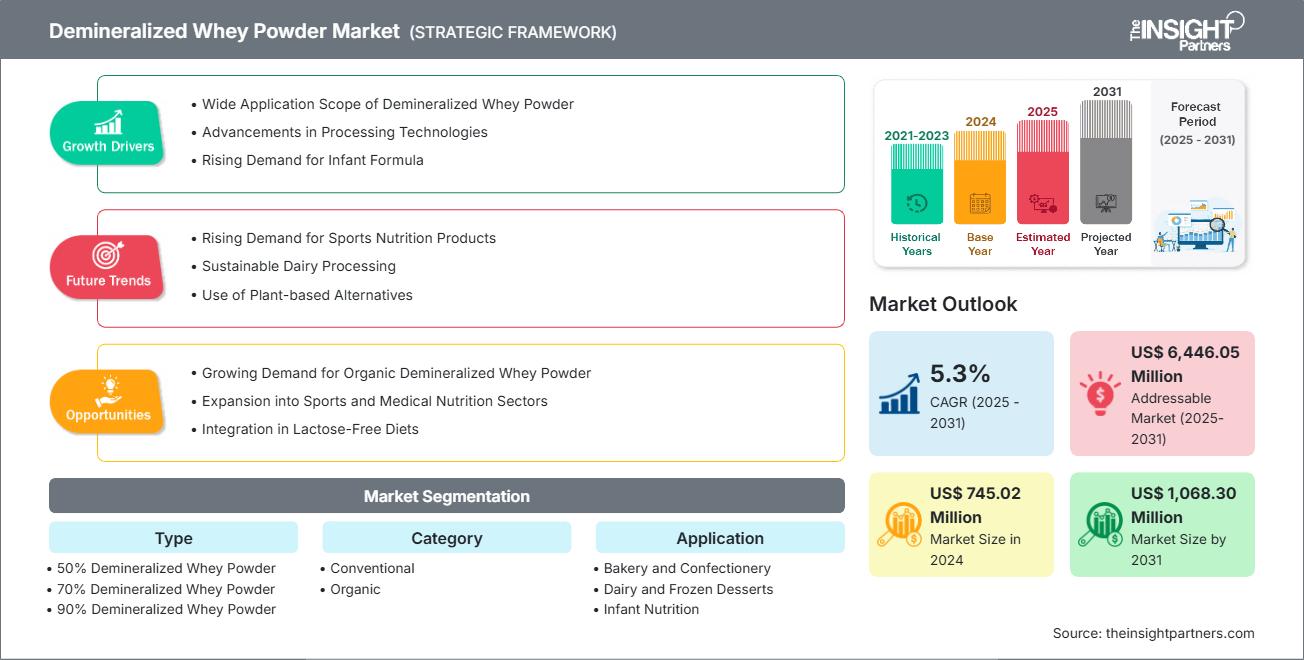
-
Get Top Key Market Trends of this report.This FREE sample will include data analysis, ranging from market trends to estimates and forecasts.
Demineralized Whey Powder Market Drivers and Opportunities
Market Drivers:
- Growing Demand in Infant Nutrition: Demineralized whey powder is essential in infant formula production due to its balanced mineral content, mimicking human milk.
- Rising Preference for Functional Foods: Demineralized whey powder is used in clinical and medical nutrition for its digestibility and nutritional benefits.
- Increased Application in Bakery and Confectionery: It improves texture, browning, and flavor without adding excess minerals.
- Technological Advancements In Demineralization Processes: Improved filtration and ion-exchange techniques enhance product quality and reduce costs.
- Health-Conscious Consumer Trends: Demand for low-mineral, lactose-rich dairy ingredients aligns with dietary needs for sensitive populations.
Market Opportunities:
- Development of Functional and Medical Foods: Rising awareness about health and wellness creates opportunities for whey powders in clinical nutrition and specialized dietary products.
- Innovation in Product Formulation: Creating lactose-reduced, flavored, or specialty whey powders tailored to consumer preferences can open new market segments.
- Emerging Markets Penetration: Growing dairy industries and rising disposable incomes in Asia Pacific, Latin America, and the Middle East boost demand in the market.
- Sustainability Initiatives: Companies adopting eco-friendly production methods and recyclable packaging can attract environmentally conscious consumers.
- Strategic Partnerships and Collaborations: Alliances between dairy producers and food manufacturers enable the co-development of innovative whey-based products to meet evolving consumer needs.
Demineralized Whey Powder Market Report Segmentation Analysis
The demineralized whey powder market is divided into different segments to give a clearer view of how it works, its growth potential, and the latest trends. Below is the standard segmentation approach used in most industry reports:
By Type:
- 50% Demineralized Whey: Produced by removing about half of the minerals, commonly used in bakery and confectionery for flavor and texture enhancement.
- 70% Demineralized Whey: It contains a moderate mineral reduction and is ideal for nutritional beverages and processed foods requiring balanced mineral content.
- 90% Demineralized Whey: Highly purified with most minerals removed, primarily used in infant formula and clinical nutrition for better digestibility.
- Others: Tailored to specific customer needs, these variants serve diverse applications from animal feed to specialized food formulations.
By Category:
- Conventional Produced from standard dairy milk, widely used across bakery, confectionery, and general food processing for functional and nutritional benefits.
- Organic: Made from milk sourced from organic farms with minimal chemical intervention, it is used in clean-label and premium infant nutrition and specialty foods.
By Application:
- Bakery and Confectionery: Used to improve browning, texture, and flavor in baked goods and sweets, enhancing product quality and shelf life.
- Dairy and Frozen Desserts: Added to enhance creaminess, protein content, and stability in yogurts, ice creams, and other frozen treats.
- Infant Nutrition: Provides essential proteins and balanced minerals in infant formulas, supporting healthy growth and development.
- Beverages: Incorporated into protein drinks and nutritional beverages for muscle recovery, energy, and enhanced nutrition.
- Others: Utilized in animal feed, clinical nutrition, and specialized food products to meet specific dietary and functional requirements.
By Geography:
- North America
- Europe
- Asia Pacific
- South and Central America
- Middle East & Africa
The demineralized whey powder market in Asia Pacific is expected to witness the fastest growth driven by a combination of shifting dietary preferences, rising health consciousness, and increasing demand for protein-enriched food and beverage products.
Demineralized Whey Powder Market Regional InsightsThe regional trends and factors influencing the Demineralized Whey Powder Market throughout the forecast period have been thoroughly explained by the analysts at The Insight Partners. This section also discusses Demineralized Whey Powder Market segments and geography across North America, Europe, Asia Pacific, Middle East and Africa, and South and Central America.
Demineralized Whey Powder Market Report Scope
| Report Attribute | Details |
|---|---|
| Market size in 2024 | US$ 745.02 Million |
| Market Size by 2031 | US$ 1,068.30 Million |
| Global CAGR (2025 - 2031) | 5.3% |
| Historical Data | 2021-2023 |
| Forecast period | 2025-2031 |
| Segments Covered |
By Type
|
| Regions and Countries Covered |
North America
|
| Market leaders and key company profiles |
|
Demineralized Whey Powder Market Players Density: Understanding Its Impact on Business Dynamics
The Demineralized Whey Powder Market is growing rapidly, driven by increasing end-user demand due to factors such as evolving consumer preferences, technological advancements, and greater awareness of the product's benefits. As demand rises, businesses are expanding their offerings, innovating to meet consumer needs, and capitalizing on emerging trends, which further fuels market growth.
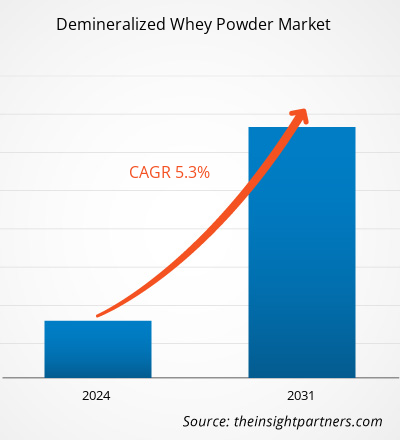
- Get the Demineralized Whey Powder Market top key players overview
Demineralized Whey Powder Market Share Analysis by Geography
Asia Pacific is expected to grow the fastest in the next few years. Emerging markets in South and Central America, the Middle East, and Africa also have many untapped opportunities for whey powder providers to expand.
The demineralized whey powder market grows differently in each region. This is because consumers are increasingly incorporating whey-based products into their diets as awareness about the nutritional benefits of whey protein, including muscle growth, weight management, and improved metabolic health, continues to spread. Below is a summary of market share and trends by region:
1. North America
- Market Share: Holds a significant portion of the global market
-
Key Drivers:
- Growing health-conscious consumers are demanding high-protein products.
- Rising sports nutrition and fitness industry expansion.
- Increasing adoption of clean-label and organic whey powders.
- Trends: Personalized nutrition and direct-to-consumer sales drive whey product innovation and customer engagement.
2. Europe
- Market Share: Holds a significant market share
-
Key Drivers:
- Strong demand for infant nutrition and clinical products.
- Preference for sustainably sourced and organic dairy ingredients.
- Growth in bakery and confectionery applications using whey powders.
- Trends: Circular economy and carbon-neutral production are gaining momentum among whey powder manufacturers.
3. Asia Pacific
- Market Share: Dominated the market and is also the fastest-growing region, with a rising market share every year
-
Key Drivers:
- Rapid urbanization and rising disposable income
- Increasing awareness of the role in health
- Lactose-free and digestive-friendly whey innovations
- Trends: Localized flavor customization and fortified nutrition products are gaining popularity in regional markets.
4. South and Central America
- Market Share: Although small, it is growing quickly
-
Key Drivers:
- Growth of sports nutrition and fitness-focused demographics.
- Rising investments in the dairy industry, modernization, and export capacity.
- Trends: Adopting sustainable farming practices influences whey powder sourcing and branding.
5. Middle East and Africa
- Market Share: A growing market with steady progress
-
Key Drivers:
- Rising awareness of protein-rich diets among urban populations.
- Growth in dairy processing infrastructure and import demand.
- Trends: Expansion of halal-certified and functional whey products for diverse consumer bases.
Demineralized Whey Powder Market Players Density: Understanding Its Impact on Business Dynamics
High Market Density and Competition
Competition is intense due to the presence of established players such as Berkshire Dairy and Food Products LLC, LACLAT Ltd, Kaskat Dairy SP Zoo, Uguray Sut A.Ş., Milky Royal Sut Urunler, and Dairygold Cooperative Society Limited. Regional and niche providers like Hiroland Domestic and Foreign Trade Ltd Co (Turkey) and Charotar Casein Co (India) also add to the competitive landscape across different regions.
This high level of competition urges companies to stand out by offering:
- Customized nutrition solutions
- Sustainable and ethical sourcing
- Competitive pricing models
- Strong customer support and easy integration
Opportunities and Strategic Moves
- Focusing on research and development activities to distinguish themselves in the market.
- Expanding global footprint and capabilities through acquisitions of value-added whey and protein brands.
- Personalized nutrition apps and digital platforms can offer tailored demineralized whey-based products.
Major Companies operating in the Demineralized Whey Powder Market are:
- Fonterra Cooperative Group Ltd. – New Zealand
- Arla Foods Ingredients – Denmark
- Lactalis Ingredients – France
- Saputo Inc. – Canada
- FrieslandCampina Ingredients – Netherlands
- Glanbia Nutritionals – Ireland/US
- DMK Group – Germany
- Nestlé S.A. – Switzerland
- Hilmar Cheese Company – US
- Agropur Dairy Cooperative – Canada
Disclaimer: The companies listed above are not ranked in any particular order.
Other companies analyzed during the course of research:
- Tatua Cooperative Dairy Company – New Zealand
- Armor Proteines (Savencia Group) – France
- Volac International Ltd. – UK
- Milky Holland – Netherlands
- Muller Group – Germany
- Leprino Foods – US
- Davisco Foods International (Agropur subsidiary) – US
- Bongrain SA (Savencia Group) – France
- MILEI GmbH – Germany
- Almarai Company – Saudi Arabia
- Parmalat – Italy
- Uelzena Group – Germany
- Synlait Milk Ltd. – New Zealand
- Alibra Ingredientes – Brazil
- Royal VIV Buisman – Netherlands
Demineralized Whey Powder Market News and Recent Developments
- Fonterra Cooperative Group Ltd. – Strategic Shift to B2B Dairy Nutrition In May 2024, Fonterra announced plans to divest parts of its global consumer business, including Fonterra Oceania and Fonterra Sri Lanka, to focus on being a B2B dairy nutrition provider through its Ingredients and Foodservice channels.
- Glanbia Nutritionals – Acquisition of Aroma Holding Company In April 2024, Glanbia announced the acquisition of Aroma Holding Company, a US-based flavoring business, for US$ 300 million, enhancing its capabilities in flavor solutions for whey-based products.
- Arla Foods Ingredients Launches Organic Whey Line In October 2023, Arla Foods Ingredients introduced an organic whey protein isolate line sourced from grass-fed cows, catering to rising demand for premium, clean-label whey products in Europe and the US.
- Hilmar Cheese Company – New Processing Plant in Dodge City In 2023, Hilmar Cheese opened a new $550 million cheese and whey protein processing plant in Dodge City, Kansas, expanding its production capacity for whey-based ingredients.
- Saputo Inc. – Partnership for Sustainable Packaging In 2023, Saputo Inc. partnered with packaging innovators to roll out recyclable and biodegradable packaging solutions for whey powders, aligning with consumer preferences for environmentally responsible dairy products.
Demineralized Whey Powder Market Report Coverage and Deliverables
The "Demineralized Whey Powder Market Size and Forecast (2021–2031)" report provides a detailed analysis of the market covering the following areas:
- Demineralized Whey Powder Market size and forecast at global, regional, and country levels for all the key market segments covered under the scope
- Demineralized Whey Powder Market trends, as well as market dynamics such as drivers, restraints, and key opportunities
- Detailed Porter's five forces and SWOT analysis
- Demineralized Whey Powder Market analysis covering key market trends, global and regional framework, major players, regulations, and recent market developments
- Industry landscape and competition analysis covering market concentration, heat map analysis, prominent players, and recent developments for the Demineralized Whey Powder Market
- Detailed company profiles
Frequently Asked Questions
Which region dominated the demineralized whey powder market in 2024?
What is the estimated value of the demineralized whey powder market by 2031?
What are the driving factors impacting the demineralized whey powder market?
Which are the leading players operating in the demineralized whey powder market?
What will the future trends be in the demineralized whey powder market?
- Historical Analysis (2 Years), Base Year, Forecast (7 Years) with CAGR
- PEST and SWOT Analysis
- Market Size Value / Volume - Global, Regional, Country
- Industry and Competitive Landscape
- Excel Dataset
Recent Reports
Testimonials
Reason to Buy
- Informed Decision-Making
- Understanding Market Dynamics
- Competitive Analysis
- Identifying Emerging Markets
- Customer Insights
- Market Forecasts
- Risk Mitigation
- Boosting Operational Efficiency
- Strategic Planning
- Investment Justification
- Tracking Industry Innovations
- Aligning with Regulatory Trends












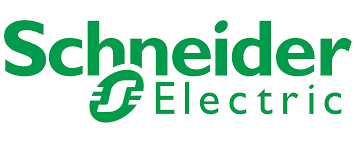


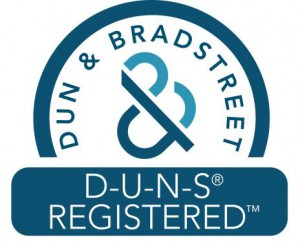
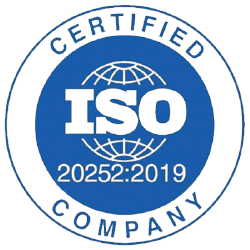
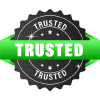



 Get Free Sample For
Get Free Sample For